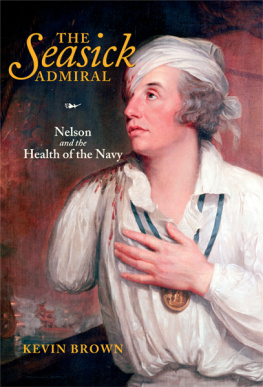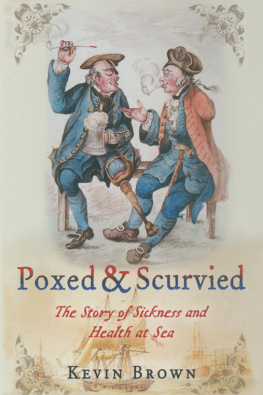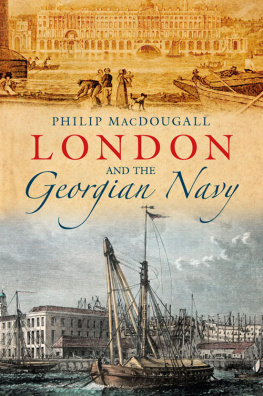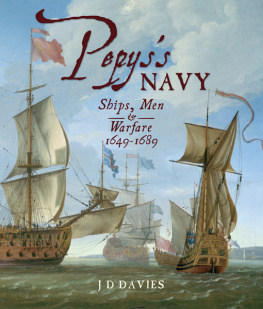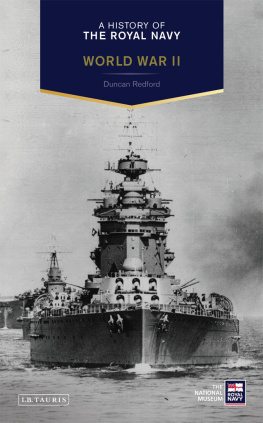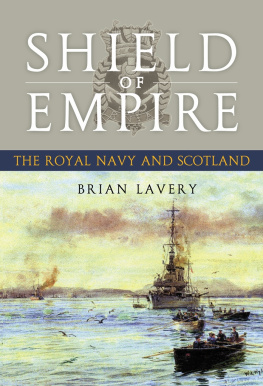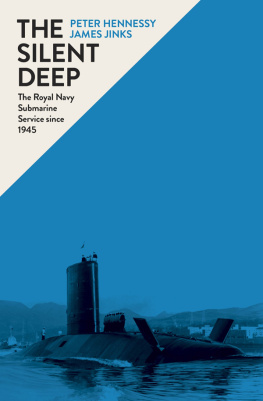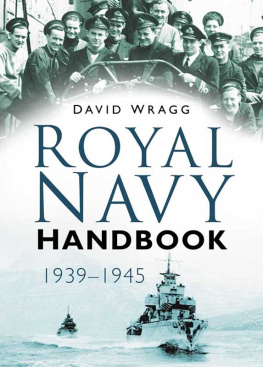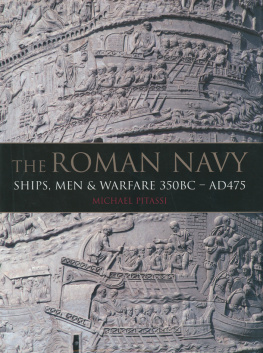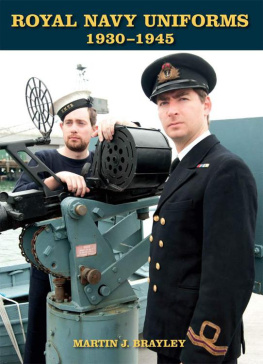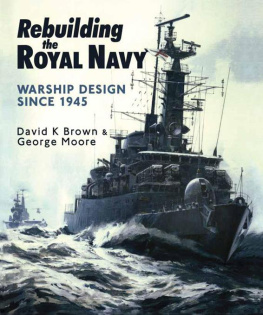Copyright Kevin Brown 2019
First published in Great Britain in 2019 by
Seaforth Publishing,
A division of Pen & Sword Books Ltd,
47 Church Street,
Barnsley S70 2AS
www.seaforthpublishing.com
British Library Cataloguing in Publication Data
A catalogue record for this book is available from the British Library
ISBN 978 1 5267 3427 3 ( HARDBACK )
ISBN 978 1 5267 3428 0 ( EPUB )
ISBN 978 1 5267 3429 7 ( KINDLE )
All rights reserved. No part of this publication may be reproduced or transmitted in any form or by any means, electronic or mechanical, including photocopying, recording, or any information storage and retrieval system, without prior permission in writing of both the copyright owner and the above publisher.
The right of Kevin Brown to be identified as the author of this work has been asserted by him in accordance with the Copyright, Designs and Patents Act 1988.
Pen & Sword Books Limited incorporates the imprints of Atlas, Archaeology, Aviation, Discovery, Family History, Fiction, History, Maritime, Military, Military Classics, Politics, Select, Transport, True Crime, Air World, Frontline Publishing, Leo Cooper, Remember When, Seaforth Publishing, The Praetorian Press, Wharncliffe Local History, Wharncliffe Transport, Wharncliffe True Crime and White Owl
List of Illustrations
Only the fittest of recruits were selected by the Navy when they were examined at recruitment centres, 1939. ( Camden Local Studies and Archives Centre )
Surgeon Lieutenant Peter McCrae RNVR. ( Imperial College Healthcare NHS Trust Archives )
Inoculating men against typhoid. ( IWM A 1218)
For newly-qualified doctors in the Naval Medical Services keeping their links with their medical schools was important since doctors and nurses. ( Artist, Anna Zinkeissen, Imperial College Healthcare NHS Trust Archives )
Only the toughest of naval surgeons were selected for commando duties. ( TNA, INF3-282 )
Sick bay on HMS Rodney, October 1940. ( IWM, A 1217 )
Sick berth attendants receiving basic instruction from Sisters of Queen Alexandras Royal Naval Nursing Services. ( J Coulter )
Occupational therapy for convalescents. ( IWM, A 11530 )
Rehabilitation of unreliable seamen at HMS Standard. (J Coulter )
Casualty being received on Maine . ( J Coulter )
Hospital ship ward on Maine . ( J Coulter )
Testing blood on Maine . ( IWM, A 20349 )
Casualties from Courseulles on Hospital Tank Landing Ship LST 428 . ( IWM, A 25093 )
All daily life took place on the general mess decks of Shropshire, 1942. ( IWM, A 7598 )
American-style cafeteria messing was introduced on Dasher , 1942. ( IWM, A 13686 )
A lookout on an Arctic Convoy preparing to go on watch on Sheffield, December 1941. ( IWM, A 6896 )
Princess Marina, Duchess of Kent, inspecting the Navy Blood Transfusion Service. (F Henley )
Penicillin was manufactured in reused gin bottles at the Royal Naval Medical School, Clevedon. ( IWM, A 25174 )
A naval medical officer spraying DDT for malaria control, Colombo, 1944. ( IWM, A 28177 )
Recruits were screened with mass radiography for tuberculosis at the Royal Naval Barracks, Chatham 1940. ( IWM, A 2008 )
Many Fleet Air Arm pilots passed out during high-altitude testing. ( IWM, A 18253 )
A game of crib on the submarine Seraph in November 1944. ( IWM, A 26391 )
Sunray treatment for light-deprived submariners at depot ship, HMS Forth . ( IWM, A 7778 )
Vaulting on the deck of Revenge . ( IWM, A 1506 )
Evelyn Laye, chairman of ENSA Royal Naval Section.
Davis Apparatus for the rescue of men from submarines. ( IWM, A 13882 )
Holborn Warships Week, March 1942. ( Camden Local Studies and Archives )
Raising money for the Overseas League, Empire Day, 1941
Argonaut on Christmas Day 1942. (F Henley )
Wearing civilian clothing was considered good for morale but was rarely possible. ( IWM, A 25868 )
A pint of beer kept up the seamans spirits and united Allied navies against the Axis. ( TNA, INF3/322 )
The popular wholesome innocent image of the seaman made him irresistible and easy prey to the allurement of feminine wiles. ( TNA, INF 13/217 )
Sailors were warned of the threat to their health and wellbeing from both good time girls and prostitutes. ( National Library of Medicine, USA )
Preface
T he inspiration for all book projects comes at the end of a journey of discovery, and marks the beginning of another more intensive journey into the past. This one had its origins on a cold, battleship-grey December day some ten years ago on a visit to the Royal Navy Submarine Museum at Gosport. At the end of a tour of the submarine Alliance, built in the later days of the Second World War, the excellent and entertaining volunteer guide, an ex-submariner with post-war experience, asked a rhetorical question about what level of medical care the crew had enjoyed. The answer was very little other than minimal training in first aid for the boatswain at nearby Haslar Hospital. That throwaway remark raised questions in my mind about the whole issue of medical care at sea in a confined environment, far from the medical facilities taken for granted on land. The result was Poxed and Scurvied , a survey of the history of sickness and health at sea over many centuries. Naval medicine in the Second World War could only be a small part of that overall story, and submarine medicine, the topic that inspired the book, even less. The Second World War experience, though, seemed to me to be vital for understanding the modern development of healthcare in the Royal Navy.
A truly memorable evening when I was the after-dinner speaker at a mess dinner in 2015 for naval doctors in training at all grades held at the Institute of Naval Medicine in Gosport reinforced my desire to study further naval health and fitness in the Second World War. Many of the enthusiastic young doctors I spoke to in the mess during that evening of naval tradition, carousing and conviviality were interested in the subject of my next book and had a keen interest in the history of their own service. I was warned not to write about the health of pongos again, after being forgiven for having done so in the past, and to confine myself to health at sea as it seemed I understood the While not comparing myself at all to Marder, I welcome the more open approach of todays Royal Navy to external expertise.
The naval doctors were not the only ones to encourage me to work on naval health in the Second World War. After I gave a talk on the story of health at sea to a group of senior citizens at an Open Age meeting at Chelsea Football Club, the audience were keen on the subject and urged me to write about it for my next book. Some of the oldest of them had seen naval service in the war so it was of personal relevance to some of them. How could I resist these influences leading me to my next book? It was indeed a subject calling me to examine it in more depth.


